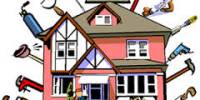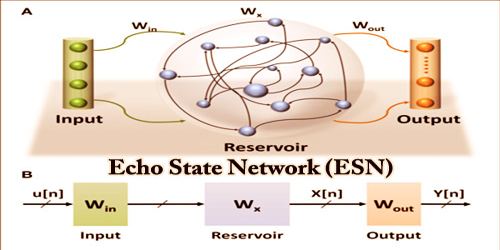A giant five-story circular building encircling the Burj Khalifa, the world’s highest skyscraper, has been proposed by experimental architecture studio ZNera Space in Dubai. The Burj Khalifa stands at an incredible 829.8 meters (2,723 ft), nearly twice the height of the Empire State Building.
The Downtown Circle concept, which marries community, luxury, and futuristic urban planning in a crazily ambitious design, has been brought to life by a series of captivating graphics made in partnership with Pictown, a business that specializes in architectural renderings.
Najmus Chowdry and Nils Remess, the lead architects of ZNera Space, view Downtown Circle as a horizontal line against Dubai’s dizzying, futuristic cityscape of seemingly limitless towers.
An ever-changing skyline
As compelling and radical a design the Downtown Circle may be, it is for now practically and financially implausible, Chowdry and Remess admit.
“It was meant to be a conversation starter,” said Chowdry. “Something that could trigger people to rethink urban development, to rethink city congestion … We are promising the sustainable city.”
“We were working on very important aspects that raise the discussion about how we are planning cities,” added Remess. “The reason we picked the Burj Khalifa was because it is in a very dense urban area, and we want to address the issues that accompany dense city populations.”
The building would be more than three kilometers (1.8miles) in circumference and sit 550 meters (1,804 feet) above street level. Five enormous pillars with their bases in vacant lots that may have another use would be used to support the ring.
“We wanted to create a microclimate in Downtown and create a sort of envelope around the area to control the temperature and make it more liveable in hot weather,” said Chowdry. “You can use those vertical pillars as urban air purifiers.”
The structure of the pillars could incorporate an innovative smog-filtering design created by ZNera Space, which was shortlisted for the World Architecture Festival 2018 award in the category of “Experimental Future Project.”
Sustainable design for the future
Because it frequently gets hotter above 40 degrees Celsius (104 degrees Fahrenheit) in Dubai, the architects hope their creation will become a new standard for sustainability in the area.
“The entire ceiling will be a stretch of solar panels,” said Chowdry. “What we also want to do is implement a technology that we have already used in a previous project, solar hydrogen cells.”
This technique turns water into hydrogen using solar energy, which powers the air conditioner and supplies electricity to the building.
Dubai’s aspirational blueprint for a sustainable urban environment by 2040 was taken into consideration when creating the design.
The idea also suggests ways to get from one end to the other, such as an electric tram system with a top speed of 100 kilometers per hour (62 miles per hour) and sky taxi infrastructure.
A “self-sustained” city
The engineering problems involved in achieving this level of architectural ambition include building a framework that is both sturdy enough to hold the interior features and lightweight enough to be supported by the pillars.
“The structure itself is pretty lightweight. I imagine it as (a large) aircraft the skin, the ribs, that becomes the structure and inside it’s all hollow,” said Chowdry.
“But then it’s supported by these columns and the circle ring,” he continued. “We chose to make it circular because it’s the most stable structural format.”
The proposed Downtown Circle would weave residential space amongst commercial, corporate, and cultural areas to form a comprehensive “self-sustained city within a city,” said Remess. “If you live there, you can reach your office, or you can reach your park, or you can reach your home in a 15-to-20-minute walk. In Dubai, it’s hard to do that.”
The Skypark, a continuous green belt connecting the building’s five stories, is the focal point of the interior design.
“The Skypark is the central spine of the entire design,” explained Chowdry. “It will be a mixed-use green space and it will also act as a space to rethink how agriculture is going to happen in the future, especially in cities.”
“If you look historically, first came agriculture and then we built the city,” said Remess. “Now we have kind of lost this concept. With this greenbelt inside the structure, we want to bring back agriculture and food production to the city center.”
The concept is certainly attracting attention, but not all of it is positive. Since the mock-ups were posted on the company’s Instagram page, some commenters have claimed that the design may tear apart the downtown area’s infrastructure.
“Some of the comments online have been negative, but as someone said to us recently which looks better: an empty finger or a finger with the ring on it?” said Chowdry. “I think it just adds to the verticality of Burj Khalifa.”
















